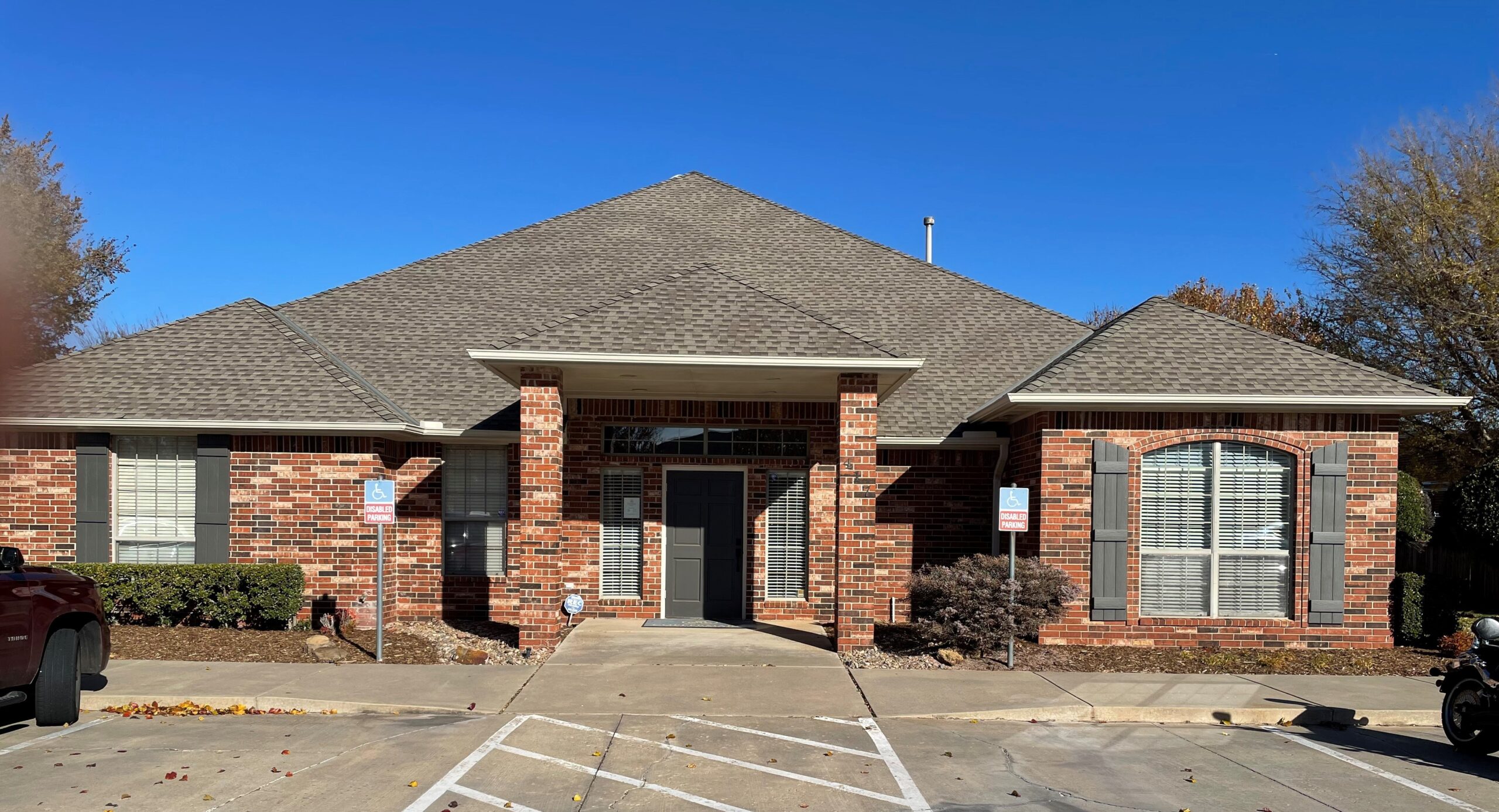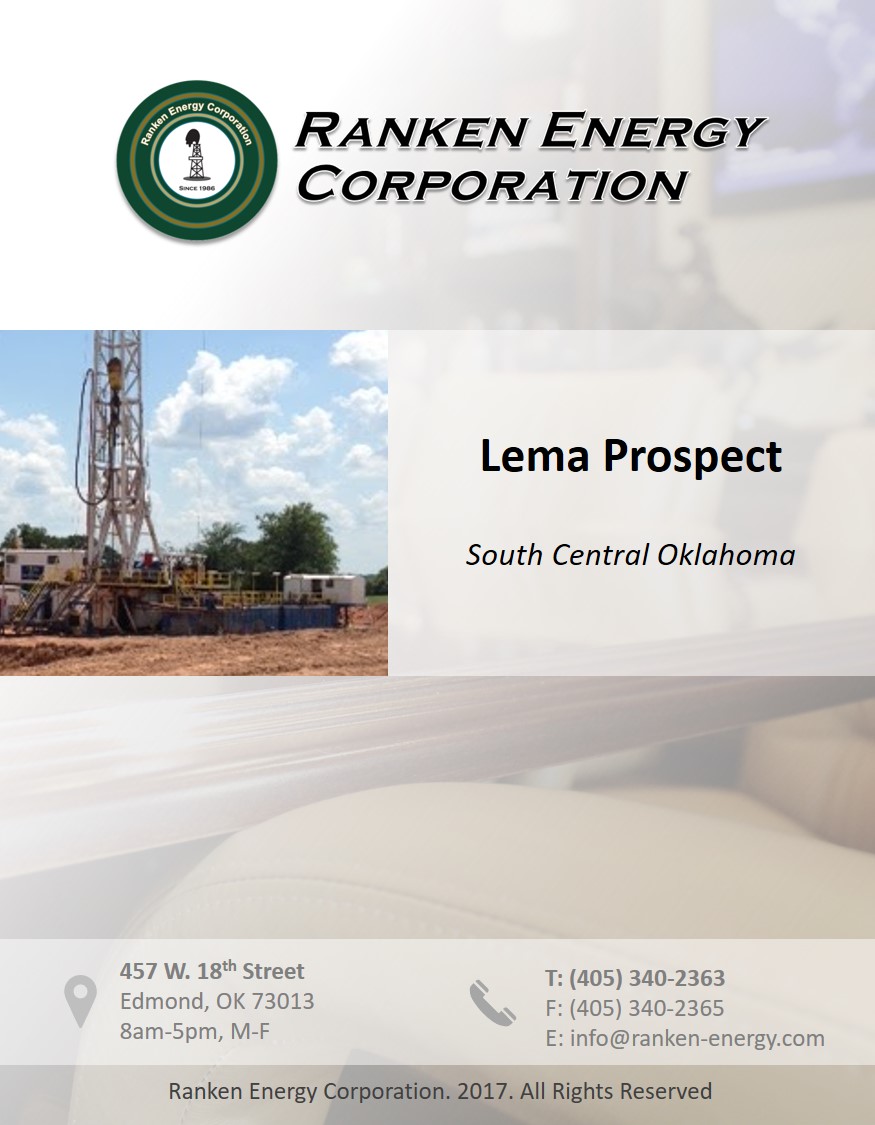
Why invest in oil and gas?
What are the Advantages of investing in Working Interest Drilling programs?
The most obvious advantage is the opportunity to diversify your investments with an investment vehicle that may achieve high rates of return, especially during periods of
A Working Interest Drilling program provides a tax-advantaged yield due to depreciation and depletion allowances. Depending on what tax codes allow, there may be special tax credits applicable for oil and gas. You will need to ask your accountant for additional details here.
What are the Disadvantages of investing in Working Interest Drilling programs?
The most obvious disadvantage is the volatility of monthly net income caused by volatility in oil and gas prices. There have been dramatic price swings resulting in big variations in monthly revenue and no one can accurately forecast the trajectory of oil and gas prices. But keep in mind revenue generated from Working Interest Drilling programs can last for many years.
Reservoir depletion is another disadvantage. Once those resources are gone, they’re gone. As the resources deplete and the decline curve becomes more pronounced, net revenue will fall and will, eventually, go to zero. Most good wells won’t hit this point for years, but you need to know that net revenue will eventually come to an end.
There is a bit of tax-filing complexity associated with Working Interest Drilling programs. Owners of Working Interest Drilling programs are required to report their income and expenses on their tax returns. Please discuss further with your accountant or financial advisor for more details.
Owners are liable for paying income taxes in the states in which the Working Interest Drilling program generates its revenue. Different states have different thresholds and the likelihood of owing income tax in multiple states increases with the size of a given oil and gas portfolio.
Finally, owning Working Interest in drilling programs carries risk along with a potential for high returns. Regardless of the science and regardless of the skill and success of the operator in previous ventures, the risk is part of the equation. The possibility that the amount of oil or gas discovered could be less than forecast and might not be present at all. In other words, a dry hole! A Working Interest Investor must be able and willing to suffer the complete loss of their investment. It is for this reason the successful oil and gas investor spreads his planned investment across multiple wells to be drilled, thereby increasing his probability of success; for one good well can easily make up for two or more disappointments.
Financial Analysis of investing in Working Interest Drilling programs
After
*Working Interest Drilling programs are long-term investments. You can resell ownership interests, but it will take more time and transaction costs than with stocks or bonds.
*Most of the brochures provide only a simplistic approach to calculating the return on investment. They do not take into consideration the complexities of “internal rate of return” or “zero resale value”. These complexities are caused because a Working Interest Drilling program is built on what is termed a wasting asset: there is a finite life, after which all the reserves have been depleted. From a practical standpoint, a good Working Interest Drilling program’s projected lifetime could be years, which means simplistic R.O.I. calculations can be reasonable estimates.
*In addition to oil prices, future monthly revenue depends on current and future production. The current producing wells follow decline curves and must be replaced by new wells tapping into the proven reserves. Brochures will mention the upside potential for new wells but rarely quantify the impact on timing or magnitude of future cash flow. To get a handle on this, you should consider total reserves, monthly production estimates going forward, and payback period. You will need to discuss this with the Working Interest Drilling program originator.
*Working Interest drilling programs are designed to develop production. Brochures usually document possible forecasted discounted cash flows. However, realize that sometimes producing wells go into a monthly loss status for a variety of reasons, such
You decide on investing in Working Interest Drilling programs
By now you should realize Oil and Gas Working Interest Drilling programs might fit into your investment planning. You should talk further with professionals in order to make your decision. No private investor is able to handle the nuances of petroleum engineering or financial analysis by themselves. (Do you really want to interpret well logs or compute internal rates of return?) You will need to rely on people you can trust. Your best starting point: talk further with the company offering the Working Interest Drilling program. Find out if you can trust them to be your partner for oil and gas investing. We hope our Investment Guide illustrates why you should consider Ranken Energy for your oil and gas investments.
Have questions or comments? We want to hear from you.
Learn more about Ranken Energy

